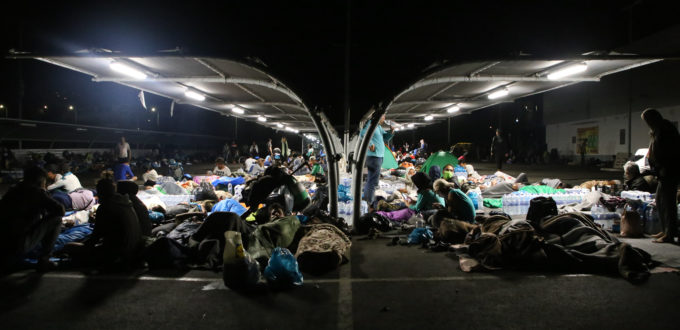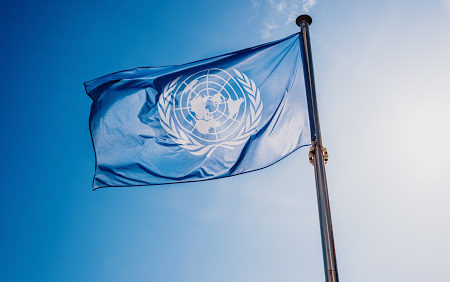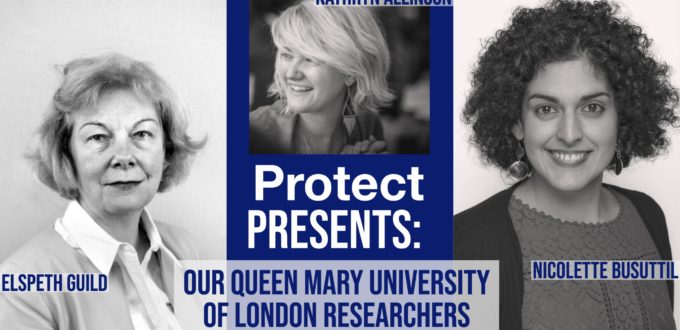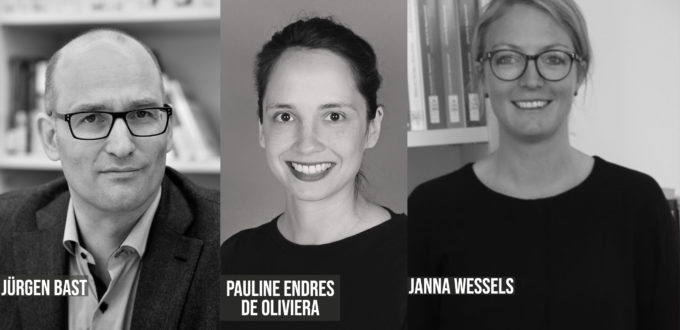The European Commission’s vision for border procedures includes large hosting centres on the external borders of the European Union’. This strategy risks producing more Morias across Europe.
What now for the 1951 Convention?
From our perspective, the most important development which the Global Compact on Refugees constitutes as regards the 1951 Convention is the alignment of refugee rights with human rights. The GCR commitments link together refugee protection and human rights in a UN instrument which, while not legally binding, sets out the common will of the international community.
PROTECT partner presentations: The Queen Mary University of London
The Queen Mary University of London is one of PROTECT’s two UK-based teams. The team is led by the distinguished EU law and migration expert Elspeth Guild, joining her are the aspiring law scholar Kathryn Allinson and Nicolette Busuttil. Together, the team has followed the processes surrounding the UN Compacts on Migrants and Refugees closely and explored their potential in advancing the international protection system.
PROTECT partner presentations: The University of Giessen
Meet PROTECT’s team of legal scholars from the Justus Liebig University Giessen in Germany, led by one of Europe’s leading experts in migration law, Professor Jürgen Bast. Bast’s team explores the legal implications of the Global Compacts on Refugees and Migrants and how they as young soft-law instruments interact with pre-existing legal frameworks.




